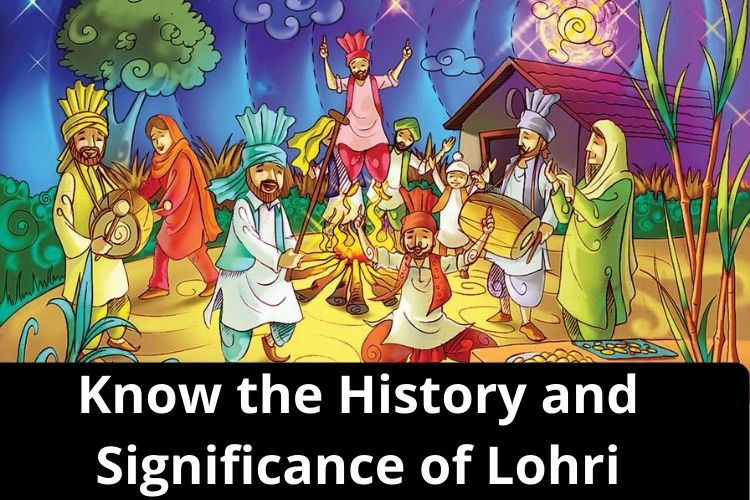Happy Lohri: Know the History and Significance of the Festival
Read more to know the history and significance of Lohri as the famous festival of North India.

Lohri is a famous festival of North India. It is celebrated a day before Makar Sankranti. At night, in the open space, the family and the neighbors sit in a circle on the edge of the fire. Lohri is the most famous festival of North India and especially Punjab.
The Celebrations
Traditionally, Lohri is a special festival associated with the sowing and harvesting of crops. On this day a bonfire is lit and a dance is performed around it. Boys do Bhangra, girls perform Giddha and women on this day give clothes, sweets, revdi, phaladi to married daughters from home.
History of the Festival
One folklore about Lohri is linked to the tale of Dulla Bhatti. As per the legends, Dulla Bhatti used to live in Punjab during the reign of Mughal Emperor Akbar. He is considered as a hero in Punjab as he rescued Hindu girls from being forcibly taken and trafficked as slaves in the markets of Middle East. Among the rescued girls, there were two girls named Sundri and Mundri, who became a theme of Punjab folklore and a popular folk to be performed on Lohri.
Significance of the Festival
Lohri is celebrated as the harvest of the Rabi crop. As per tradition, the festival is reverred to the Fire god or the goddess of Lohri. Many people believe that the word Lohri is derived from 'Loi' (wife of Saint Kabir), but many believe that it originated from Tilodi, which later became Lohri. At the same time, some people believe that the origin of this word is from 'loh', which is a tool used for making chapatis.







